Being Self-Reliant
Japan, a country extremely prone to natural disasters such as earthquakes, tsunamis, typhoons, and volcanic activities, has inevitably developed a robust disaster management structure over the years.
The Japanese Self-Defense Forces (JSDF) are the core component of such crisis management, as they possess unmatched expertise and high proficiency in disaster relief operations.
Of course, this is not to discredit the police, fire department, and coast guard, whom have also played a crucial role in every natural disaster, but there is a key difference between these organizations and the JSDF.
One notable feature is the JSDF’s self-reliant capability as a military organization, which brings no burden whatsoever towards the disaster-stricken areas.
To clarify, the police and fire departments are equally indispensable for rescue operations and are absolutely not a “burden” in the general sense. But, they do require some level of local infrastructure and supplies to conduct their activities, whereas the JSDF can literally prepare everything on their own.
For example, JSDF units will not only bring their own food, water, fuel, and communication tools, but also equipment necessary to build sanitation facilities, temporary roads and bridges.
To achieve this, JSDF is equipped with advanced technology and machinery, ranging from amphibious vehicles to mobile bridges, and field hospitals. A typical JSDF operation can employ a fleet of helicopters and transport vessels to quickly deliver supplies, while the engineering units clear debris and pave they way on the ground.
Compared to such capabilities, the police and fire department units can surely maintain security, rescue lives, and support the locals, but they were never designed to operate for long periods without infrastructure.
 JSDF building a temporary bridge (photo: JGSDF)
JSDF building a temporary bridge (photo: JGSDF)
Basically, the JSDF are capable of constructing necessary infrastructure from scratch, something absent within other organizations. Such self-sufficiency enables them to operate without relying on the already scarce local resources, making them a prime candidate for disaster relief duties.
Moreover, JSDF can mobilize substantial manpower, enabling sustained activities even in areas where infrastructure has been completely destroyed. The fact that JSDF has military bases across the country also contributes to quick response time and local assistance.
The local garrison will usually be the first on the scene, providing critical support before reinforcements arrive, but JSDF can constantly replace these personnel with fresh units, sustaining a large number on the ground for an extended period.
This level of self-reliance and sheer capacity can only be achieved by a military organization, which is intended to function in harsh situations on its own, making it instrumental for disaster relief operations as a result.
Nonetheless, it is important to remember that the JSDF, despite its remarkable accomplishments in disaster response over the years, is a military organization focused on national defense as its primary objective.
Should a large-scale disaster and military conflict break out at the same time, JSDF would obviously prioritize the latter.
Unmatched Experience
As a de-facto military, JSDF has never fought in combat situations, but they do have plenty of experience addressing national emergencies in the form of disaster relief operations.
The JSDF has been dispatched to various disasters since the 1950s, adding the total number of disaster relief missions to a whopping 32,000 times.
While this number is unmatched in any aspect, perhaps the most significant challenge was the 1995 Great Hanshin Earthquake and the 2011 Great East Japan Earthquake.
Both earthquakes were pushed the well-experienced JSDF to its limits, as the scale and complexity of the disaster were unprecedented, ultimately providing invaluable lessons for the future.
These experiences have led to continuous improvements in training, equipment, and coordination strategies, making JSDF arguably the best organization for responding towards natural disasters.
Reflecting the sluggish response during the 1995 Earthquake, JSDF is now structured to react swiftly upon an emergency, with a rapid response unit responsible of gathering local information always on alert in each designated area.
With a clear chain of command that facilitates smooth decision-making and deployment, recent JSDF efforts have taken a more coordinated approach by establishing a joint task force for each operation.
Initially, such coordination across the different branches were somewhat unreliable and awkward, but the past two decades have witnessed a significant improvement.
As JSDF adapts to a more integrated approach, daily training has also been directed to work closely with other institutions such as local governments, emergency services, and civilian agencies.
Nowadays, it is common to see JSDF personnel participating in local disaster response drills, and protocols have been placed to promote swift coordination and information sharing in the event of a local emergency.
But, such open cooperation with local authorities was actually unimaginable 30〜40 years ago as public sentiment towards JSDF was not that welcoming.
Indeed, JSDF’s dedicated effort in the each natural disaster has exponentially increased public support, even to the extent where the average citizen trusts JSDF more than the elected politicians.
Today’s JSDF works closely with local authorities, offering specialized programs focused on various aspects of disaster relief where they share the insights and expertise gained from past experiences.
These programs cover search and rescue operations, medical aid, logistics, and coordination with civilian agencies, fostering skills necessary to handle complex and multifaceted disaster situations.
JSDF’s capability has also been utilized abroad as they have participated in some international disaster relief missions, such as the 2004 Indian Ocean Tsunami and the 2015 Nepal Earthquake. These missions has seen the JSDF fully use their advantage to assist the locals and foster international cooperation.
In sum, Japan’s Self-Defense Forces are highly effective in disaster relief operations due to them being a military organization and having more than enough experience in handling various natural disasters.

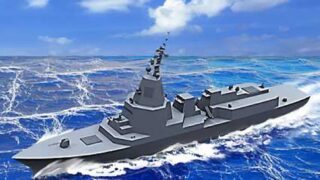
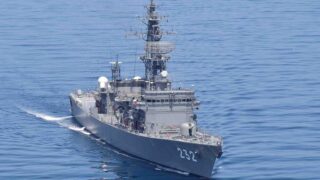
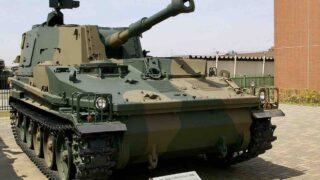
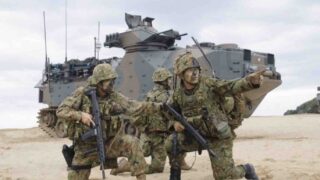
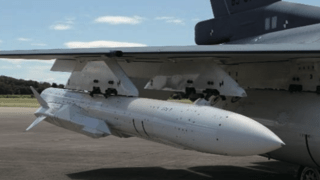

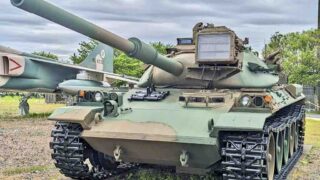
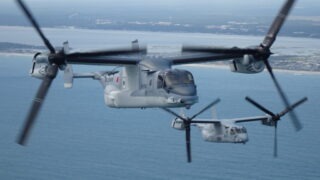
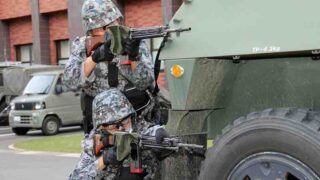

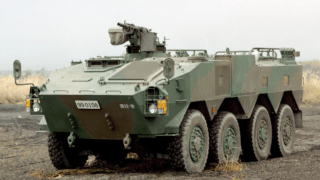
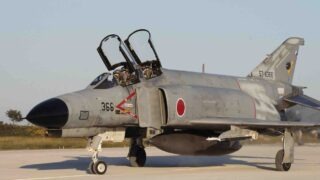
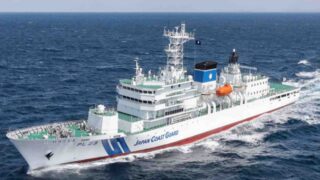
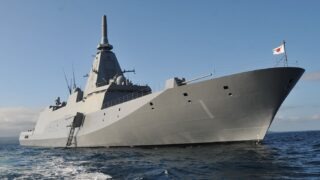
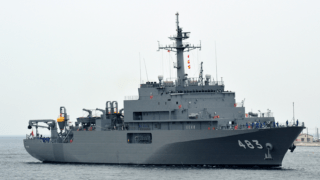


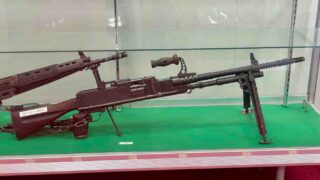
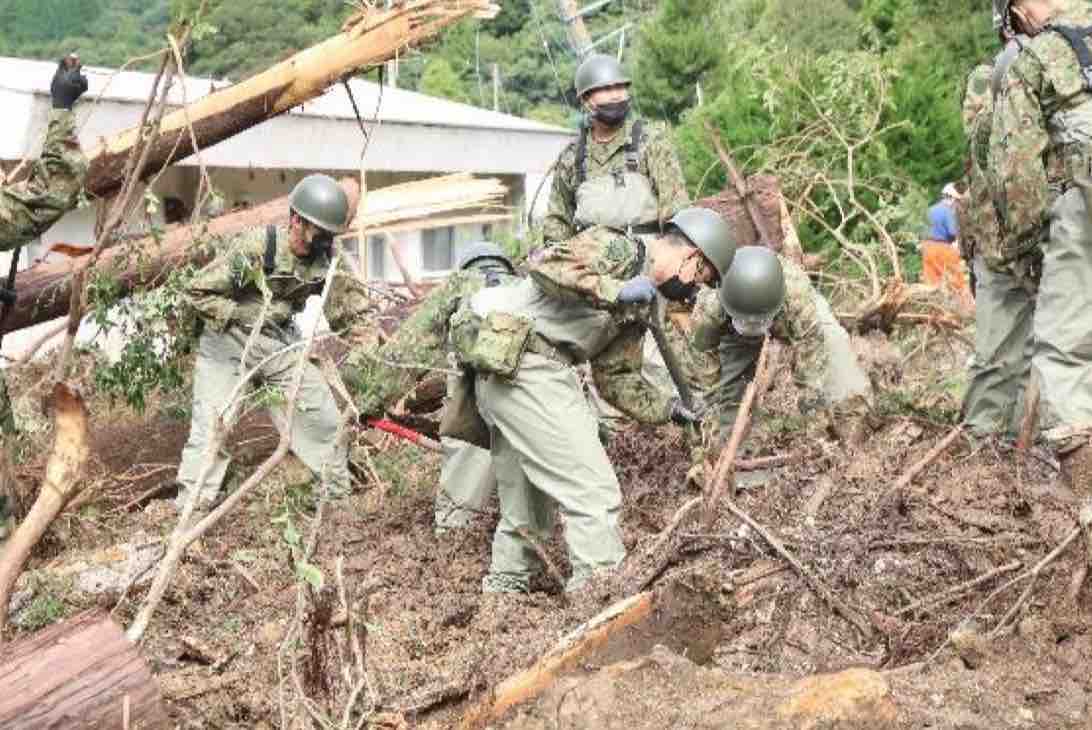
Comments